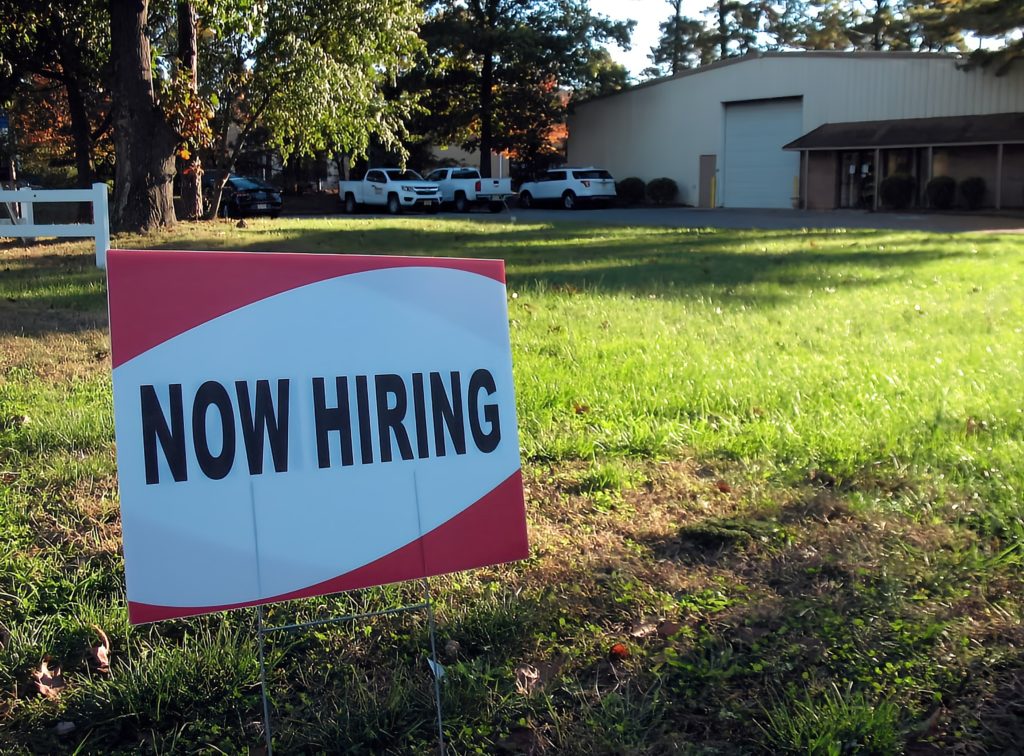The BLS released their JOLTS report for July and it shows 8.8 million jobs open. Here’s a snippet:
The number of job openings edged down to 8.8 million on the last business day of July, the U.S. Bureau of Labor Statistics reported today. Over the month, the number of hires and total separations changed little at 5.8 million and 5.5 million, respectively.
Within separations, quits (3.5 million) decreased, while layoffs and discharges (1.6 million) changed little. This release includes estimates of the number and rate of job openings, hires, and separations for the total nonfarm sector, by industry, and by establishment size class.
Job Openings On the last business day of July, the number of job openings edged down to 8.8 million (-338,000), while the rate changed little at 5.3 percent. Over the month, job openings decreased in professional and business services (-198,000); health care and social assistance (-130,000); state and local government, excluding education (-67,000); state and local government education (-62,000); and federal government (-27,000). By contrast, job openings increased in information (+101,000) and in transportation, warehousing, and utilities (+75,000).
Source: BLS.gov

We highlighted the job openings increase in information technology jobs because the other news making the rounds is Amazon’s CEO Jassy telling workers that “it’s probably not going to work out for you” in a desperate plea/bid to get people to come into the office three times a week.
We think tech workers will call Jassy’s bluff and simply go work somewhere else because the demand for workers is there and with 10,000 boomers retiring every day, the labor force depletion will make this an employees labor market not an employers.
Ultimately, we don’t understand this hybrid work model where workers are expected to come into the office 3 days a week. Why would a business spend tons of money on a commercial real estate building but only use it 60% of the time? The costs to carry a commercial building include repair, maintenance, security, taxes, moves/changes, insurance, utilities, and so much more that it doesn’t make sense and it creates tremendous waste.
In any event, wage inflation is here to stay and as more and more boomers retire every month, the labor shortage problem will only get worse so stay tuned, stay profitable and stay solvent…